Content:
It is hard not to get confused by the huge variety of garden strawberries on the market. How not to be mistaken with the choice and not get a harvest of beautiful, but tasteless berries as a result? The answer is simple: you need to choose proven varieties. The Dutch variety of strawberries with the full name Gigantella Maxim has come to the taste of gardeners all over the world, including Russia. It has a high yield and excellent fruit taste.
Description of the variety
The variety was developed in the Netherlands in the early 2000s. Forms large bushes, 60 cm in diameter and 50 cm in height. The root system is powerful, the roots are thick, much larger than the roots of other varieties. The leaves are large, corrugated, matte. Peduncles are large, flowers are white, a mustache is formed a little. Ripening is medium late, the yield is high, with sufficient care, up to 1-1.5 kg of berries can be harvested from one bush.
Strawberry Gigantella Maxim berries description:
- large, wide, slightly flattened laterally, ribbed, folded, with a ridge at the lower end;
- the first berries have a mass of 75-100 g, berries of mass collection - 40-60 g;
- color is bright red, surface is matte;
- the pulp is dense, the formation of a cavity inside is possible;
- berries have a rich strawberry flavor with a pineapple flavor;
- tolerate transportation well;
- are suitable for freezing, after thawing they retain their original appearance.
Harvesting in central Russia begins in late June or early July, in the south - from the second half of June. The fruiting phase lasts a fairly long period. Productivity is stable, one bush bears fruit for seven years.
Agrotechnics
Requirements for growing conditions
Without shelter and losses, the Giant Maxim strawberry can winter in the southern regions of the country: in the Caucasus, in the Crimea, in the Krasnodar Territory. In the middle lane, plants require good shelter. To the north, the variety should not be grown. The place needs to be extremely sunny. Strawberries need warmth for the sweetness of the berries, but Maxim has low heat resistance - at an air temperature above +30 gr. pollen becomes sterile.
The yield, size and taste of the fruits depend on the fertility of the soil and the correct preparation of the site. On poor soils, in the shade or partial shade, as well as in case of insufficient care, Maxim strawberries can not only give berries that are not similar to the description, but also not bear fruit at all. There should be no risk of moisture stagnation on the site. The soil requires light, loamy or sandy loam, rich in organic matter. Moderate or neutral acidity.
Experts recommend growing strawberries after black steam or cereals. It also grows well after radish, mustard, radish, beans, peas, parsley, and garlic. In the year preceding planting, it is possible to sow green manures on the plot: oil radish, rapeseed, phacelia and others. Before planting strawberries, the soil is dug twice and the weeds are carefully selected. Next, compost or humus is added, at the rate of 1 bucket per 1 sq. m of area, and lime to neutralize acidity. For soil disinfection, treatment with an ammonia solution is recommended.
Landing
Experienced gardeners advise choosing large seedlings with a well-developed root system.Strawberries are planted in spring when the ground warms up. Each root is shortened by 1 cm for better branching. You can treat the roots with a growth stimulant. The soil is covered with special agrofibre to protect it from weeds, putrefactive lesions on leaves and berries, and also so that in the future the berries do not lie on the ground and do not get dirty. In the material, cuts are made crosswise at a distance of 50x50 cm, and seedlings are planted in the holes obtained.
Care
Strawberries should be fed at least twice a season. For this, complex mineral fertilizers with an obligatory nitrogen content are used. Before flowering and after harvesting, you can water the bushes with slurry. Humus or compost is applied annually in the spring with the same calculation - a bucket per square meter.
Lack of moisture can lead not only to loss of yield, but even to the death of the bush. But excess will also negatively affect growth and fruiting. Therefore, moderate regular watering is required, optimally 2 times a week. Some agronomists advise against watering the strawberries during flowering. In areas with cold winters, before the onset of regular frosts, the soil is mulched, and the bushes are covered with straw. It is very important to remove the shelter on time in the spring. If you hurry, the strawberries will suffer from recurrent frosts, and if you are late, the bushes can rot and die.
Slugs love strawberries and should be picked as often as possible. Whiskers are removed from all bushes, except those that are left for breeding. You need to pick berries as they ripen, avoiding the preservation of overripe fruits on the bush.
Reproduction
Gigantella can be propagated by a mustache and dividing the bush. A little mustache is formed on plants of this variety, but 7-10 pieces per bush can be obtained. In several plants of the first or second year of life, flower stalks are cut off and the mustache is allowed to take root. In July, the children are transplanted to another bed. After 3 years of life, the bushes practically do not form a mustache, but you can divide non-lignified specimens and plant them. Divide the bush carefully, making sure that each part has enough roots.
Advantages and disadvantages of the variety
Strawberry Maxim benefits description:
- The main advantage of Gigantella is its large size, the largest fruits reach 100 g.
- The berries have an excellent taste characteristic: a very pleasant strawberry flavor and aroma with a pineapple aftertaste, which is a distinctive feature of the variety. The fruits are dense and tolerate transportation well.
- Also, an undoubted plus is the resistance to diseases of a putrefactive nature for the first couple of years.
Strawberry Max 2, due to the similarity of names, is passed off by unscrupulous sellers as Gigantella Maxim, but these are fundamentally different varieties. Brief description of strawberry variety Max 2: remontant plant, bears fruit from late June to October; has high winter hardiness and a good immune system; berries - an average of 40-45 g, good taste.
Strawberry Gigantella Maxim is an excellent variety for experienced gardeners to grow for sale or for their own consumption. With sufficient care and favorable weather conditions, the variety gives an excellent harvest of large and tasty berries.
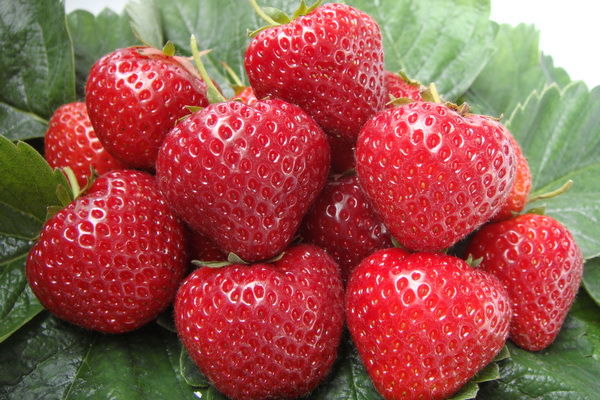
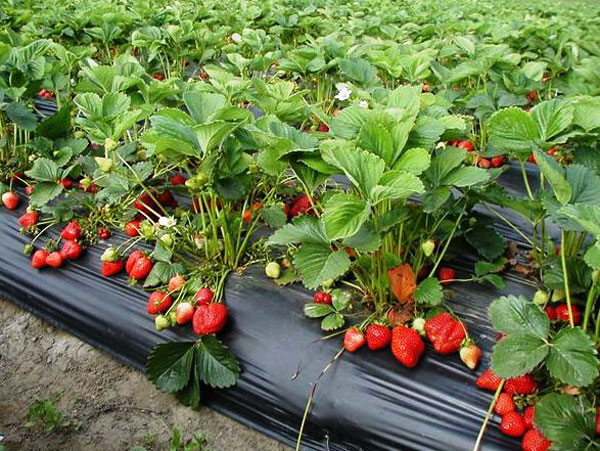
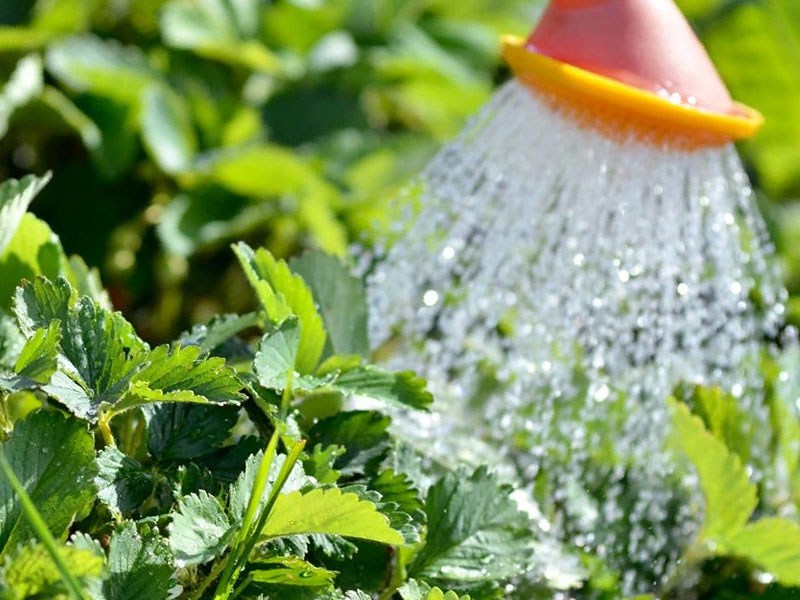
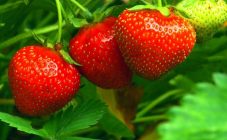

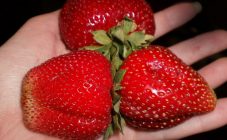

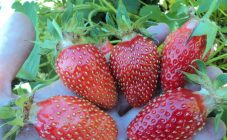
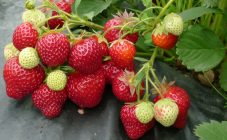







Max 2 and Maxim are different varieties and have nothing in common!